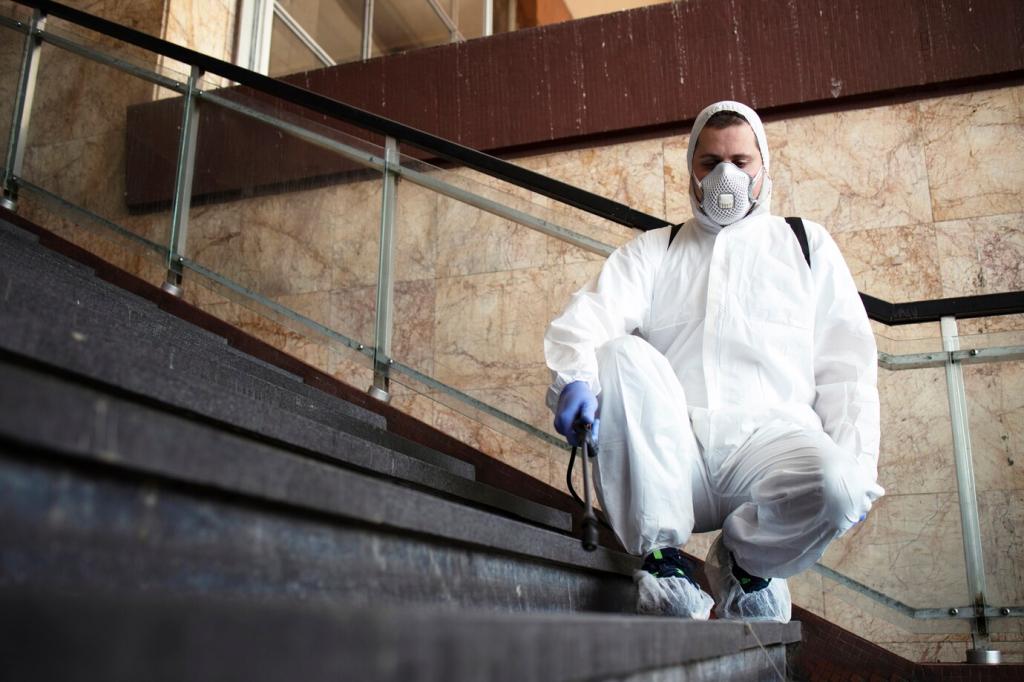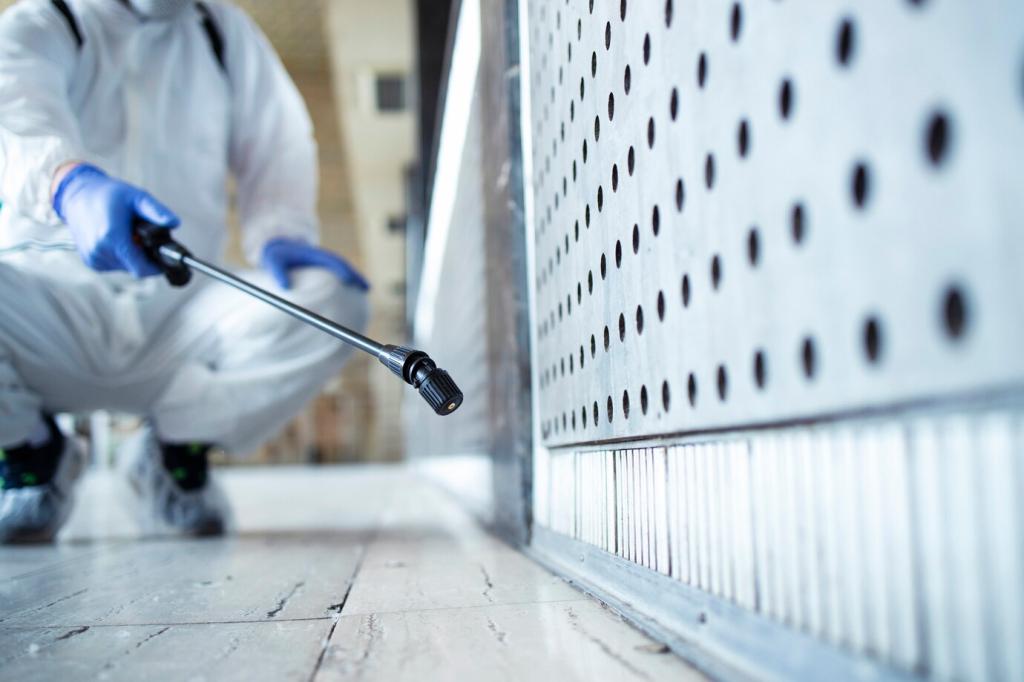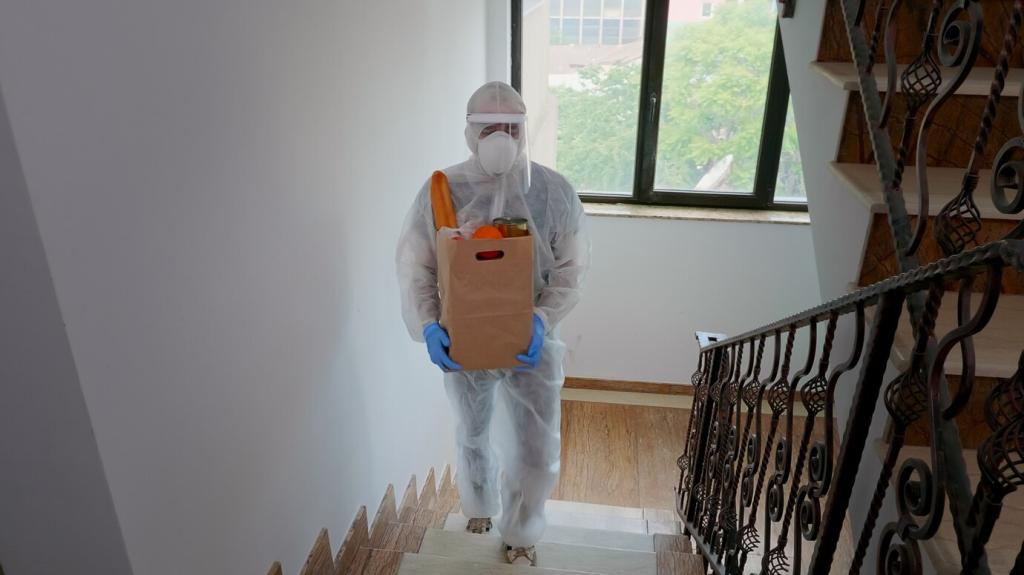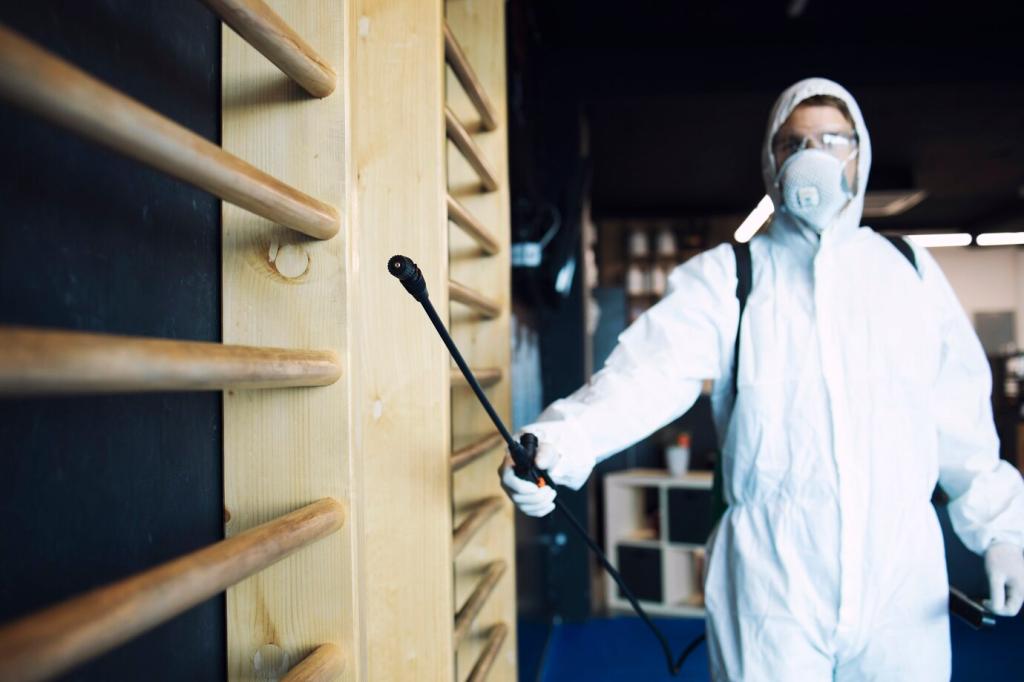Spotting the Signs of Termite Damage in Wooden Furniture
Today’s theme: Signs of Termite Damage in Wooden Furniture. Learn how to recognize subtle clues, protect cherished pieces, and act fast—so your table, dresser, or heirloom chair tells family stories, not termite tales. Subscribe for checklists, share photos, and ask questions anytime.

Early Warning Signs You Can See and Hear
Termite tunnels under thin veneers can cause paint to blister and varnish to ripple, as if moisture hid beneath the surface. When you notice odd waves or swollen patches, document them with photos and compare week to week for subtle growth.
Drywood termites leave behind frass—miniature, six-sided pellets that can resemble coarse sand or coffee grounds. Check ledges, drawer runners, and beneath chairs. If pellets return after cleaning, you may have active insects, not simply historical dust.
Tap suspect areas gently with a knuckle or wooden spoon. A hollow, papery echo suggests galleries inside. Edges, legs, and undersides are prime zones. If a screwdriver sinks too easily, stop, photograph the spot, and ask our community for guidance.
Know Your Termite: Damage Patterns by Species
Subterranean Termites: Moist Clay and Irregular Galleries
Though more common in structures, subterranean termites sometimes invade furniture, especially in damp areas. Look for irregular chambers, softened wood, and traces of mud-like material. Damage often follows the grain, leaving fragile skins that crumble with light pressure.

The Probe and Paper Towel Test
Use a dull screwdriver to gently probe hidden areas—undersides, backs, or inside drawer cavities. If wood flakes like compressed paper, note the depth. Place a white paper towel beneath; falling frass or powder after tapping can confirm active activity.
Moisture and Temperature Clues
Termites love consistent moisture. Use a moisture meter if available, comparing suspect zones with healthy sections. Elevated readings suggest risk. Warm, still environments also encourage activity; improve air flow, reduce humidity, and track whether symptoms retreat with drier conditions.
Night Listening: Quiet Rooms Reveal Clicks
At night, press your ear close or use a mechanic’s stethoscope. Soldier termites sometimes make faint clicking or tapping sounds. While not definitive, rhythmic clicks paired with frass or hollow spots strengthen the case for targeted, timely action.

A vintage walnut jewelry box looked perfect until a sliver of light revealed a slight ripple in the lid’s finish. Tapping sounded oddly hollow. A tiny sand-like pile inside the drawer sealed the suspicion and prompted a careful inspection.


Control Moisture and Improve Airflow
Place furniture away from damp walls, windows, and potted plants. Use felt pads to elevate legs slightly. Run dehumidifiers in humid seasons and open windows periodically. Stable, drier air makes furniture less attractive to termites and mold alike.

Protective Finishes and Smart Placement
Quality finishes slow moisture exchange and hide fewer surprises. Refinish worn pieces, seal end grains, and avoid direct floor contact in basements. Keep cardboard and firewood off indoor floors; both can harbor pests that migrate to vulnerable furniture.

When You Confirm Termite Damage: Act Decisively
Move the item away from other wooden furniture and baseboards. Improve ventilation, run a dehumidifier, and avoid aggressive cleaning that collapses evidence. Photograph everything; clear, dated images can guide pros and help track whether activity continues.
